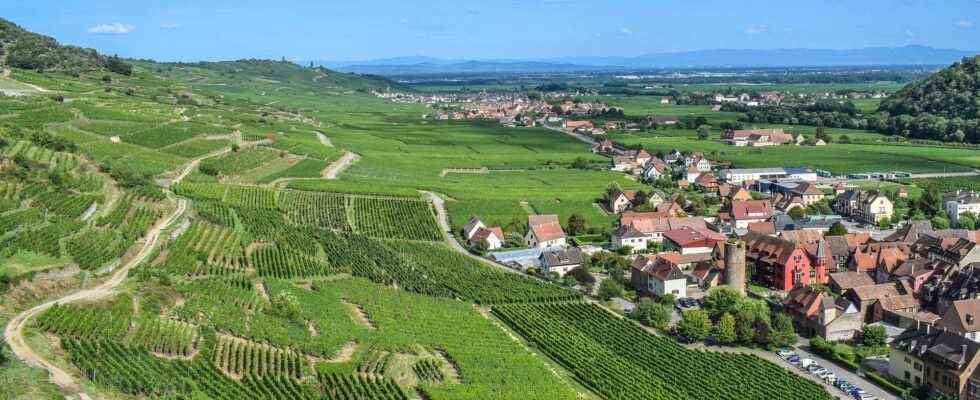You will also be interested
[EN VIDÉO] Top 5 unusual methods to trace the climate of the past Paleoclimatology consists of reconstructing the past terrestrial climate. Scientists use sometimes astonishing clues for this.
While global temperature rise is 1.2°C above pre-industrial levels, warming is not occurring at the same speed everywhere: in France, the average temperature has risen by 1.7°C since 1900, and possibly by more than 2°C since 1760. Every decade since 1970 has been warmer than the last. Over the past ten years, during the period 2011-2020, the rise has reached +0.6°C and marks the strongest increase observed between two decades in France since 1900”. precise Meteo France. The average temperature in mainland France is analyzed with a thermal indicator that takes into account data from 30 weather stations with a history.
let’s remember that 2020 was the hottest year ever recorded in France and that in 2019, heat waves exceptional events gave rise to a absolute heat record for the country, 46°C recorded in Vérargues (Hérault) on June 28, 2019.
Strasbourg now has the climate of Lyon in the 1970s
Météo France has compared the temperatures of the 1970s to those of today and the analogues, in matter of climate, are striking:
- Strasbourg now has the climate of Lyon in the 1970s;
- Le Mans now has the Bordeaux climate of the 1970s;
- Lille now has the climate of Rennes in the 1970s;
- Châteauroux now has the Agen climate of the 1970s;
- Orléans now has the climate of Poitiers in the 1970s;
- Besançon now has the climate of Clermont-Ferrand in the 1970s;
- Lyon now has the climate of Montélimar in the 1970s.
Eastern France is warming the fastest
Météo France explains that we ” observes a clear shift in the climate in 30 years. The north of the country finds a climate close to that of the west in France thirty years ago.. No region of France escapes the global warming, but it is the eastern regions that are the most affected: Auvergne-Rhône-Alpes, Bourgogne-Franche-Comté and Grand Est are experiencing the highest increase in average temperatures, up to 0.5°C more and more. average between the years 1990 and 2000 in cities such as Strasbourg, Nancy and Lyon. The regions least impacted by the global rise in temperatures are those of the west (Brittany, Pays de la Loire, Nouvelle-Aquitaine, Occitanie), and particularly the cities located on the coast which are tempered by the influence of the sea. like Caen, Perpignan and Bastia which gained 0.2°C.
Météo France has just updated its averages of season, calculated over a period of 30 years: the organization is now moving from averages calculated over the period 1981-2010 to the period 1991-2020. These new climatic references, which are updated every 10 years by all the countries of the world, are representative of a climate centered around 2005. The new normal temperature in France calculated over the period 1991-2020 in France is now sits at almost 13°C (12.97°C), up +0.42°C from 1981-2010.
Another indicator of global warming, the nights are getting hotter: Lyon gained seven additional nights with temperatures over 20°C between the 1990s and the 2000s, Marignane gained ten days of nights over 20°C over the period, and Figari nine additional “tropical” nights.
Reading ideas for the summer with Futura?
To celebrate the start of the holidays, we offer you the Mag Futura at the preferential price of 15 € instead of 19 €, i.e. a reduction of 20% !
What is Mag Futura?
- Our first paper journal of more than 200 pages to make science accessible to as many people as possible
- 4 major scientific questions for 2022, from the Earth to the Moon
- Home delivery*
*Special offer valid until July 19. Delivery is made in France (excluding metropolitan France), Switzerland, Belgium.
Interested in what you just read?
